Market Analysis
In-depth Analysis of Green Composites Market Industry Landscape
The materials industry contains an important category within its segment called the green composites market dynamics, which describes different factors affecting production, demand, and overall trends relating to these materials. For example, green composites made from bio-based materials such as natural fibers and bio-resins offer eco-friendly alternatives to conventional composite materials. The dynamics associated with the Green Composite Industry have been influenced by an increased focus on sustainability, leading to innovations in formulations, processing technologies, and applications. Policies of global supply versus demand significantly affect the outcomes of these "green" polymers, burdening environmentally conscious consumers across all continents alike. Economic conditions at home and abroad determine the demand for such environmentally friendly materials in different sectors. The market is growing due to the global trend towards sustainable practices, with industries looking for substitutes that can reduce their carbon footprint. Economic downturns may temporarily affect the adoption rate, but the overall trajectory indicates a positive outlook for the market as sustainability becomes a key consideration in material choices. Environmental considerations drive green composites markets. They provide an alternative that is renewable and biologically degradable while also reducing industrial processed or created pollution. Environmentally friendly alternatives are rather beneficial to manufacturers who now have to implement more sustainable production methods, obtain green raw materials, and satisfy the ever-increasing needs of consumers. In the Green Composites sector, competition has become very stiff due to the heightened demand for sustainable materials. Product differentiation in terms of quality, cost-effectiveness, and innovation will be paramount to creating a niche. Market shares begin by implementing various strategies, such as developing specialized green composite formulations tailored towards some applications or even providing improved performance characteristics. Continuous research and development efforts are essential if companies are to remain ahead of the competition by meeting the changing needs of environment-conscious customers. Trade policies and geopolitical factors influence the overall market dynamics of the Green Composites. Global supply chains can be affected by tariffs, import/export regulations, and geopolitical tensions, which influence the availability and pricing of green composites in various regions. Regulation and standards significantly shape the market for Green Composites. It must comply with safety standards, quality requirements, and environmental regulations for the market to accept. Consumer preferences and general trends also influence the dynamics of the Green Composites market. Consumer's increasing awareness about the environmental impact of products has resulted in a rise in demand for sustainable and green alternatives. Their share is set to increase as industries and consumers prioritize environmentally friendly options since green composites provide a viable option for cutting back on the use of conventional materials.


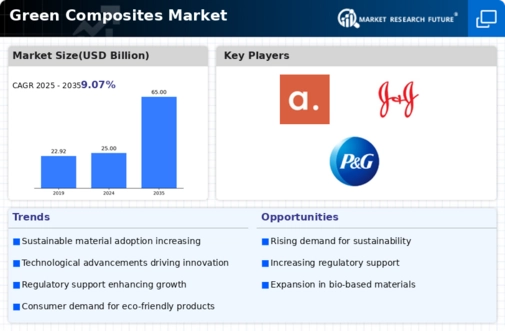

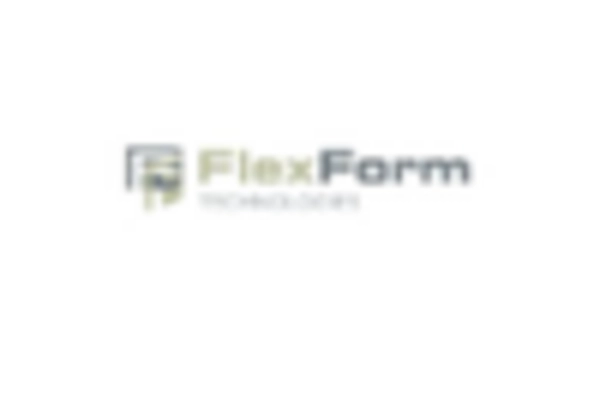
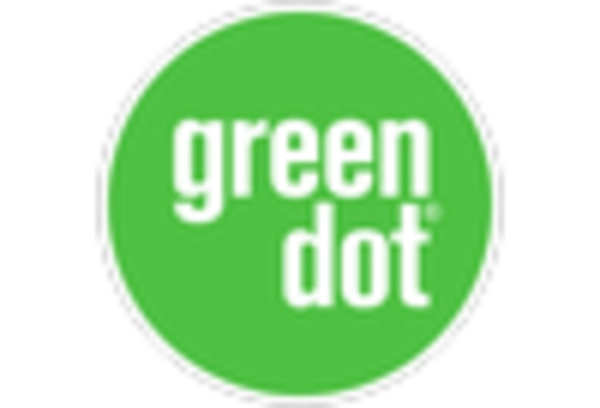

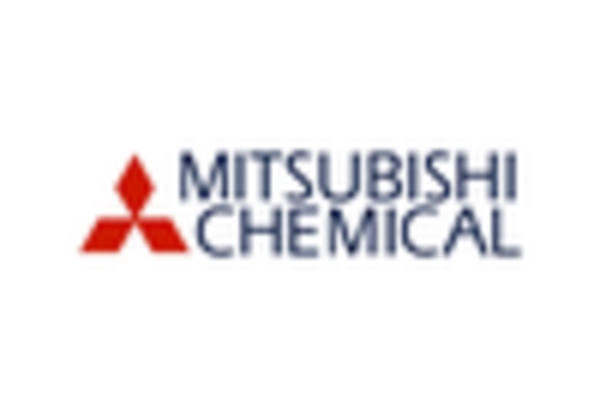
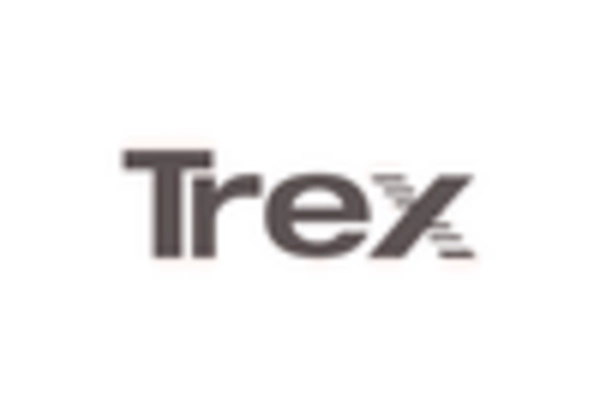









Leave a Comment